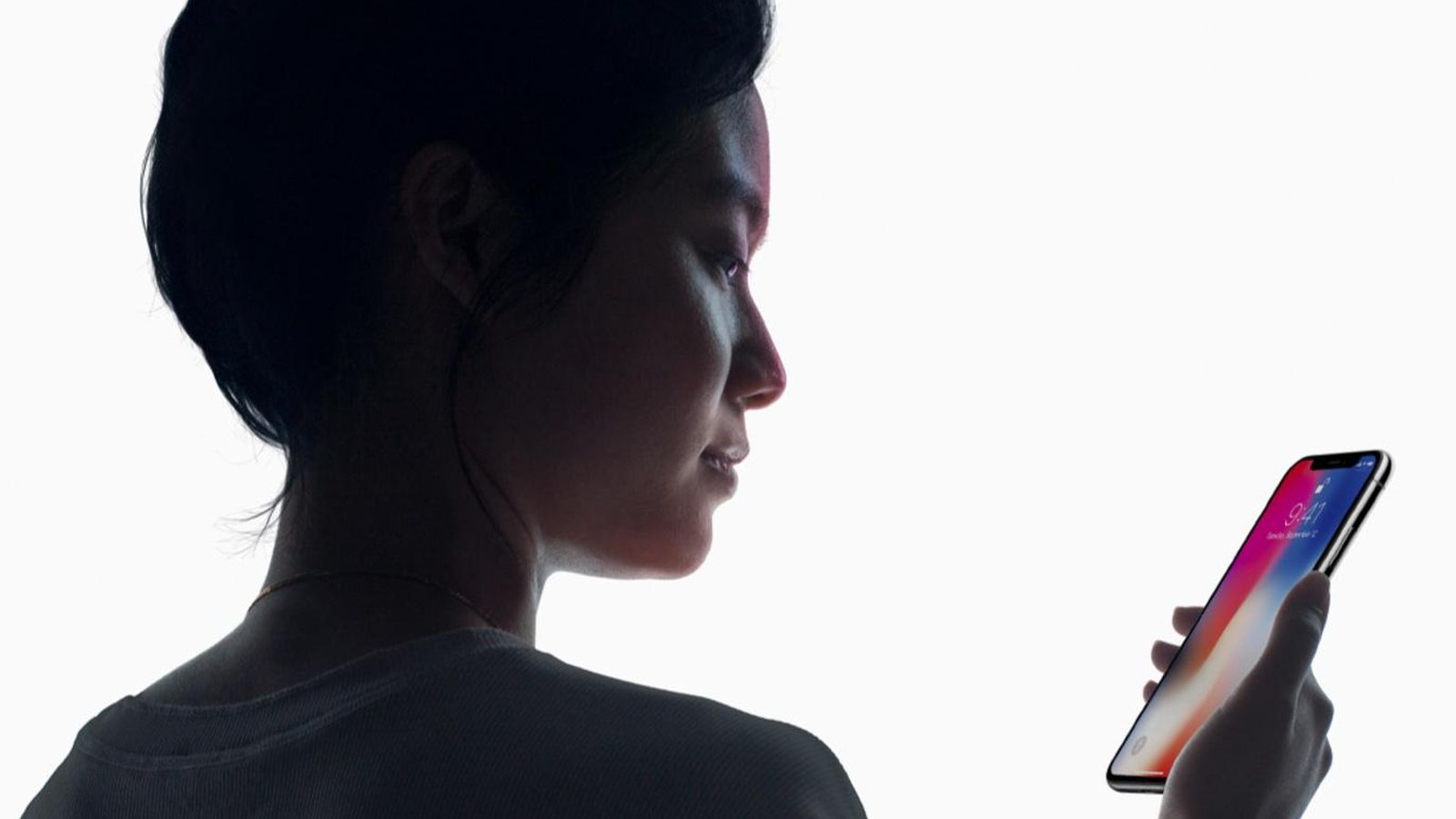Face ID is so good you won't miss the Home button

We may never know whether the pursuit of a streamlined a phone as possible led to the development of Face ID, or if the enablement of Face ID (via increased processing power and a miniaturized depth camera) enabled the iPhone X. It's a classic case of the apple versus the seed.
iPhon
However, there has been a fair amount of anxiety about the replacement of the Home button on the iPhone X. Not only has it been its most iconic -- practically only -- user interface manifestation but Apple has made good use of its circular presence over the years, piling on app switching, Siri activation, and most notably, Touch ID.
Like Face ID, Touch ID was brought about in some measure by an acquisition and represented improvements on existing modes of biometric recognition Indeed, the very switch from Touch ID to Face ID is very characteristic of Apple, which often bets big on way way of doing things (in this case, biometric authentication), whereas others sacrifice usability to preserve choice. Apple is willing to hold off on features until they can be implemented with the right user experience including, in this case, unseen security concerns.
Touch ID set a high bar for ease of use, but in my testing Face ID smashes through it on several fronts. For one, training Face ID consists solely of subtly rotating your head in front of the front-facing camera twice. It is a faster and easier process than having Touch ID learn a fingerprint, something you'd likely want to do at least twice (for each thumb).
Face ID also offers near-instant recognition that failed only once in many dozens of unlocking attempts in my first few hours with the iPhone X. Unlike Samsung's iris scanning in the S8 and Note 8, it has no problem with glasses. Also, Face ID works regardless of how you grip the phone as long as it is in a portrait orientation.
In addition to that orientation limitation, Face ID is so fast and seamless that it might authenticate transactions without permission if left unchecked. To prevent against this, Apple has required that Face ID be activated with a double-press of the power button when being used for, say, authorizing app store purchases. Also, as Touch ID usually would not work through gloves, Face ID will balk if you've taken dramatic steps to change your appearance, such as shaving off a well-developed beard or putting on a Halloween mask beyond the digital kind offered by the forthcoming depth-sensing version of Snapchat.
Face ID also raises a few issues when it comes to security. While Apple notes that the risk of Face ID accidentally activating for those over 13 is one in a million as opposed to Touch ID's one in 50,000 and that it is far more resilient to being spoofed by a photo than the face unlock feature introduced years ago in Android, To prevent against someone unlocking your phone by holding it up to your face while you sleep, Apple has made Face ID require open eyes by default. And it seems to hold up pretty well going head-to-head (literally) with twins.
The removal of the Home button requires some behavioral changes for veteran iPhone users. Swiping up to unlock isn't too dramatic a shift. Swiping down down from the top instead of up from the bottom for Control Center require unlearning and relearning. And having to swipe up and hold to enter the app switcher is simply less convenient, particularly given Apple's decision to require pressing and holding to to close apps. However, that is offset somewhat by new functionality of the swipe-up bar that allows easy switching among apps while keeping them running full-screen.
In all, these are acceptable tradeoffs for the transparent experience of Face ID, which leverages advanced technology in the name of simple minimalism. What offers an unlocking experience that's slicker than having to touch one button? Having no button to touch. Once you've looked at an iPhone with Face ID, you will not look back.
PREVIOUS AND RELATED COVERAGE
iPhone X selfie camera makes it all about you
Senior photographer James Martin spent 10 hours testing the front-facing camera in Apple's $1,000 phone. The common selfie will never be the same.
The next iPhone could run away from Home
https://www.zdnet.com/article/the-next-iphone-could-run-away-from-home/As Apple joins other handset makers in stretching screens to the edges of the phone body, it may not be able to go Home again. That could press some users' buttons.
After the iPhone X: Predicting the future of the smartphone
What does the next ten years hold for the smartphone? Here's a few ideas.
